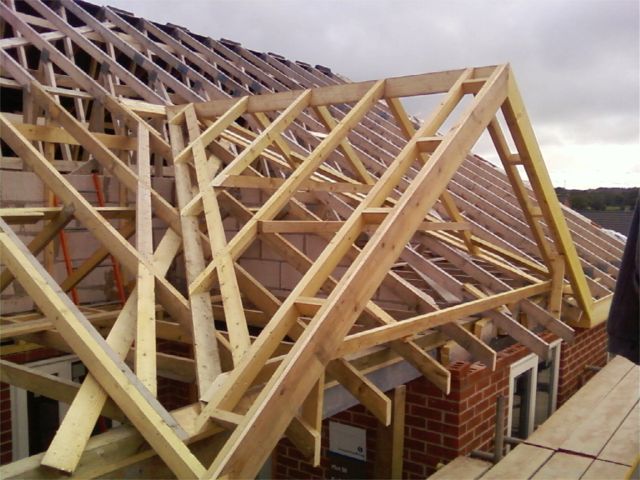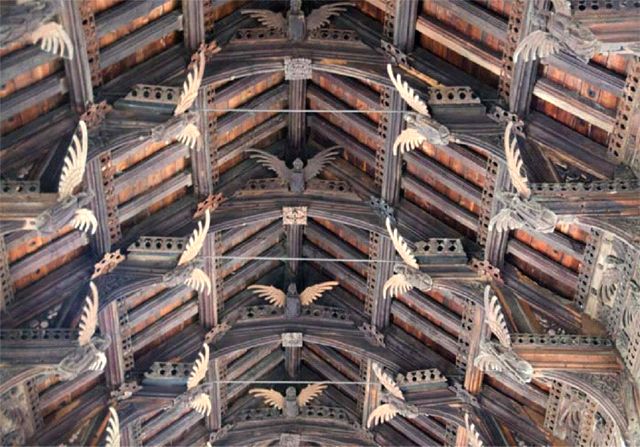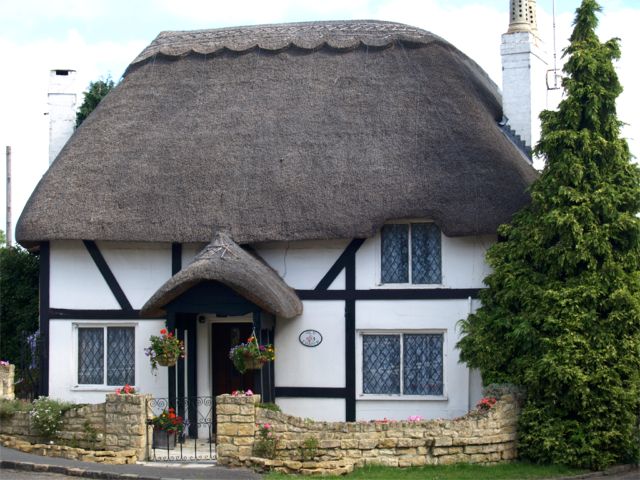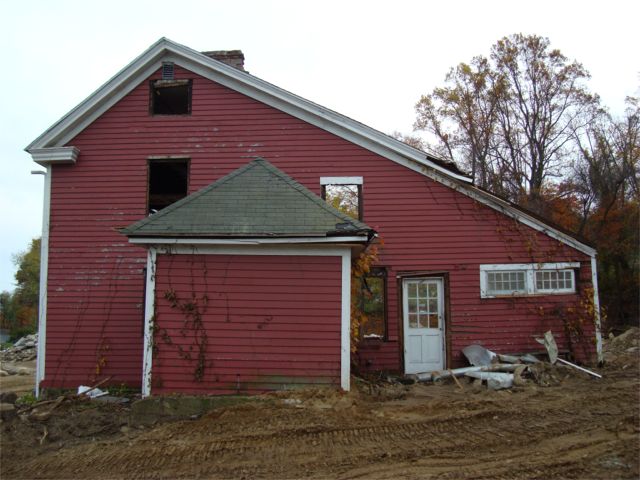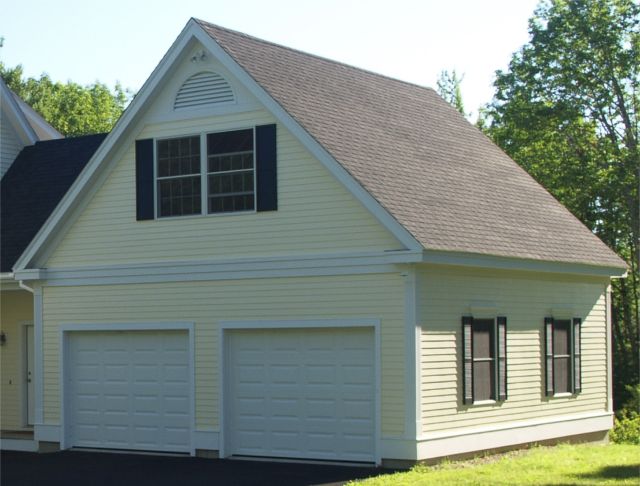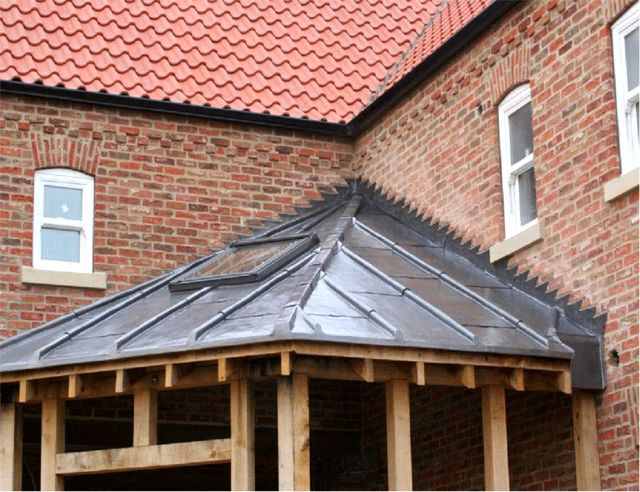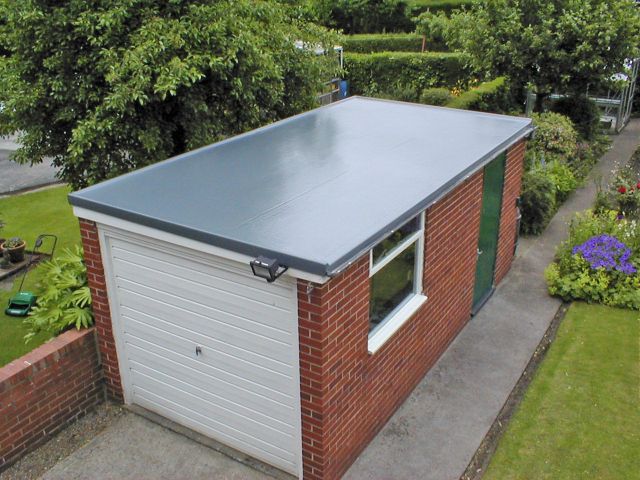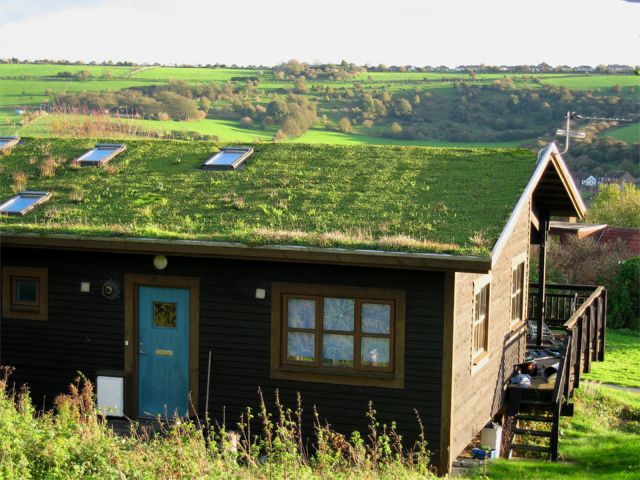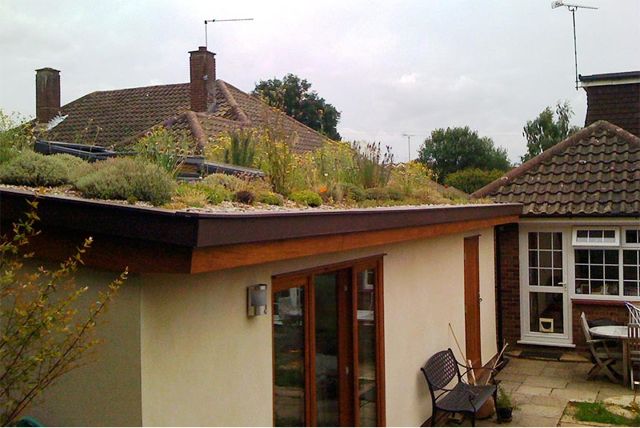By Lisa Preston
If you are a homeowner and have decided to have a new roof fitted you will find that there are many variations in roofing materials and styles. Here in the UK the choice and designs are endless, from thatched to slate to green. Your style of roof can identify your personality.
Dormer Roofs
People with an expanding family often open up their lofts to provide more room space in the home. If you have decided to make use of your loft space one way you can increase the amount of light coming into the room is to use Glass Reinforced Plastic in your dormers construction when fitting new windows into the roof. This can make a huge difference to the amount of space you have and will also be a straightforward process due to the fact that the whole dormer and roof are moulded in one piece. This will give your new room a light and airy feel, opening up the space for all to enjoy. As an added benefit, Glass Reinforced Plastic is known for its good thermal insulation properties, helping to keep your roof space warm and cosy year-round.
Angel Roofs
When travelling around the country or driving through some of the UK’s most beautiful villages it will soon become clear that architecture and roofing designs vary hugely from one area to the other. Those homeowners who have more conservative tastes will love older buildings, complete with their individual roofing styles. Norfolk in the East of England is well known for its rare and beautiful angel roofs first seen in the 1300s and involving a vast array of carpentry skills. Between the late 1300s and the mid 1500s several hundred of these roofs were built, approximately 140 of these still exist, mainly in Norfolk and Suffolk churches, highlighting the beauty and wealth of the area.
Thatched Roofs
The thatched roof epitomises the quintessential English country home. Many people will have imagined a country idle complete with roses around the door, a traditional style cottage or barn, as they envision making the transition to a quieter and more genteel pace of life. Those moving from big cities to the countryside will be looking for a thatched barn conversion or a small cottage, something they may have craved since they ventured out of the city on holiday when they were younger. It is important to note, however, that thatched roofs will need replacing at some point. This is because they last an average of up to 50 years.
The Saltbox Roof
If you like modern architecture and enjoy watching programmes, including Grand Designs on TV, you might want to have this type of roof on your new build. The roof compliments houses that have an unusual design and are constructed from pitch. One of their main features is an asymmetrical construction that encompasses houses that feature one story at the front of the house, and possibly two storeys to the rear.
Gable Roof
Most houses in the UK have a gable roof. This doesn’t necessarily mean that you are like everyone else, because so often the interior of your house can say more about you than the exterior. If you walk along any traditional street in the UK, the roofs may look the same, but the gardens and front doors will all be entirely individual. Many young people invest in a terrace house with a gable roof as their first step on the housing ladder. Renovating these types of houses has become a national pastime.
Lead Roofs
If you live in a country mansion or a converted church, you will no doubt love history and have a sense of style. Beautiful and historic as lead roofs are, this type of roof can let in the rain and the cold if they’re not maintained, which can prove costly. The Church of England is fighting a constant battle against lead thieves, as the price of this material is at a premium. If you are considering investing in a piece of history, make sure that you have a good survey conducted; otherwise your roof repair bill could eat into your renovation budget.
Flat Roofs
With little or no slope, flat roofs are the most cost-efficient roof shape. If you indulge in a flat roof, you probably love minimalist décor and enjoy living your life in the fast track. Your house is probably full of contemporary paintings and the most up-to-date furniture. Of course, flat roofs are also used on home extensions, but that’s another matter entirely. And, followers of Modernist architecture often perceived the flat roof as a potential living area.
The Green Roof
Naturally, enthusiasts of the living architecture community will enjoy the green roof, which can be applied to any of the above roof styles with the correct materials and construction (except for the lead and thatch roofs, of course). If you are proud of your green credentials, then why not consider a green roof? Although these roofs are more popular on the continent, with Germany and Switzerland leading the way, they have been constructed in the UK for about 20 years. Sheffield is one local authority that requires new buildings over 1,000 square metres to have an 80% plant covering.
While grass was the component of turf or sod roofs over 1,000 years ago, developments in green roof design mean that modern incarnations often include a wide combination of succulents, grasses, and flowering herbs and perennials. Whether you choose grasses or a more biodiverse plant palette, to ensure that green roofs are completely water tight they will always include waterproofing and drainage layers, among other optional layers. And if your slope and roof loading allow it, you could also opt for the intensive green roof – or roof garden – and indeed use it as a literal living area.
Conclusion
Whether you live in a modern home or older property why not become a true champion of all things green by fitting a green roof on your home? Not only will you be playing your part towards helping the planet, you will also have a stylish and future-forward addition to your home, which will say a lot about you.

Lisa Preston is a writer and blogger who loves sharing her home improvement tips and writing on home improvement subjects. When not on a mission to bring high-end architecture to the masses, she enjoys exploring the great outdoors.
 Greenroofs.comConnecting the Planet + Living Architecture
Greenroofs.comConnecting the Planet + Living Architecture
